A remote island tribe known for killing outsiders on sight could be at risk of being wiped out as India prepares to carry out its first national census in over a decade, experts claim.
The Sentinelese people of North Sentinel Island, considered the most isolated tribe on Earth, have long resisted contact with the outside world.
But now officials are facing the dilemma of counting those who reside on the island without sparking violence or exposing the tribe to diseases they have no immunity to.
Experts have warned that even attempting to tally the population of the world’s most reclusive tribe could end in bloodshed or spark a humanitarian catastrophe.
In 2006, two Indian fishermen paid with their lives after their boat accidentally drifted too close to the island which is protected by India. According to witnesses on a nearby fishing boat, the two men were brutally hacked to death with axes.
A few days after the killings, their bodies were reportedly hooked up on bamboo sticks like ‘a kind of scarecrow’, according to an Indian police chief who shared details of the incident.
And after the devastating Indian Ocean tsunami in 2004, the tribe made international headlines when one lone warrior fired an arrow at a military helicopter conducting a welfare check.
Now, with the next census due in 2027, enumerators in India face the difficult – and potentially life-threatening – task of attempting to count those who do not want to be found.
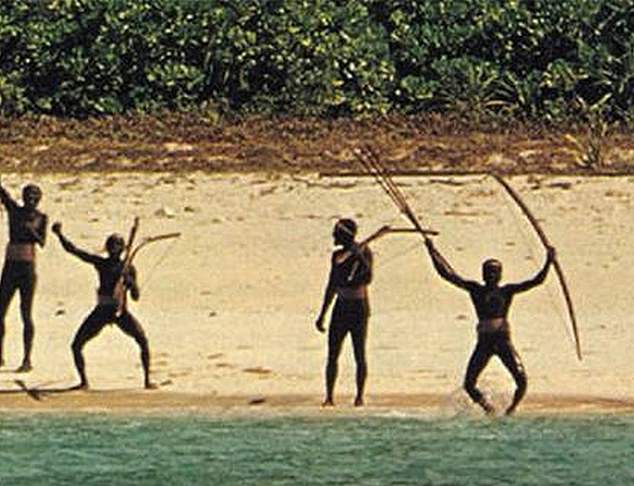
The Sentinelese, who are considered to be the world’s last pre-Neolithic tribe, have a history of hostility towards outsiders, having attacked almost everyone who has entered their territory
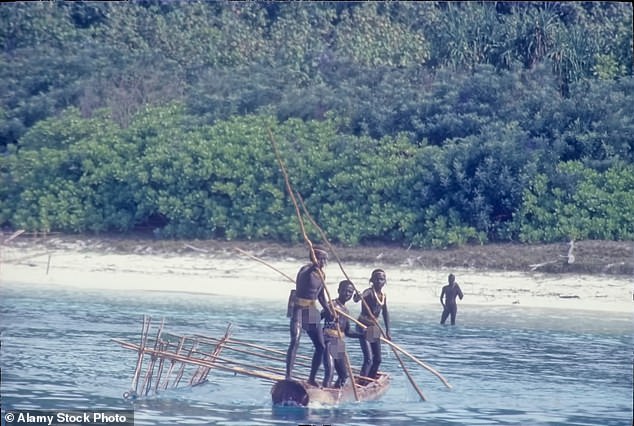
After the devastating Indian Ocean tsunami in 2004, the tribe made international headlines when one lone warrior fired an arrow at a military helicopter conducting a welfare check
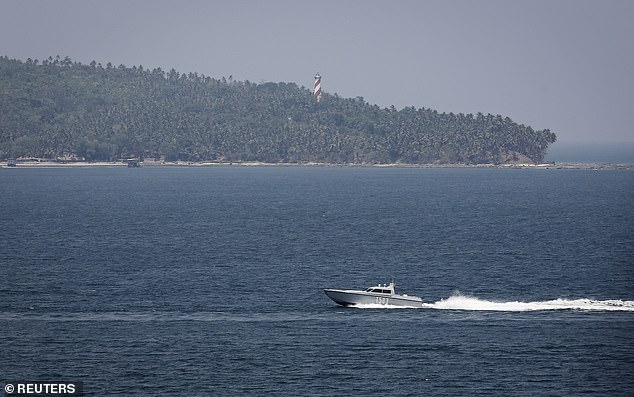
Pictured: An Indian Navy boat patrols in the waters of the Andaman Sea near Port Blair, the capital of India’s Andaman and Nicobar islands, March 16, 2014
The job becomes even more fraught in light of India’s 2014 decision to leave the Sentinelese entirely undisturbed, formally recognising their right to live in isolation.
To safeguard their isolation and protect them from contracting potential diseases from outsiders to which they have no immunity, the Indian government has imposed strict prohibitions on approaching the island.
Delhi has declared the island and its surrounding waters an exclusion zone enforced by Navy patrols, to which unauthorised entry is illegal and contact with the tribe is forbidden.
Violating these restrictions can have deadly consequences, as the Sentinelese are legally permitted to defend their territory – even to the point of killing trespassers.
Now, India are considering the use of drones or satellite imagery to attempt to count the population from afar. But even this raises ethical alarms.
‘There have been talks of using certain technology to map their population but it is not clear if this will give an accurate estimate or whether it is even ethical to conduct such an exercise,’ said Dr M Sasikumar, joint director of the Anthropological Society of India.
Survival International’s Jonathan Mazower added: ‘Any contact with such peoples, who lack immunity to common outside diseases, could well be deadly for them’.
The Sentinelese aren’t the only tribe in the crosshairs. On Great Nicobar Island, the elusive Shompen people – a semi-nomadic tribe believed to number just over 200 – also pose a census conundrum.
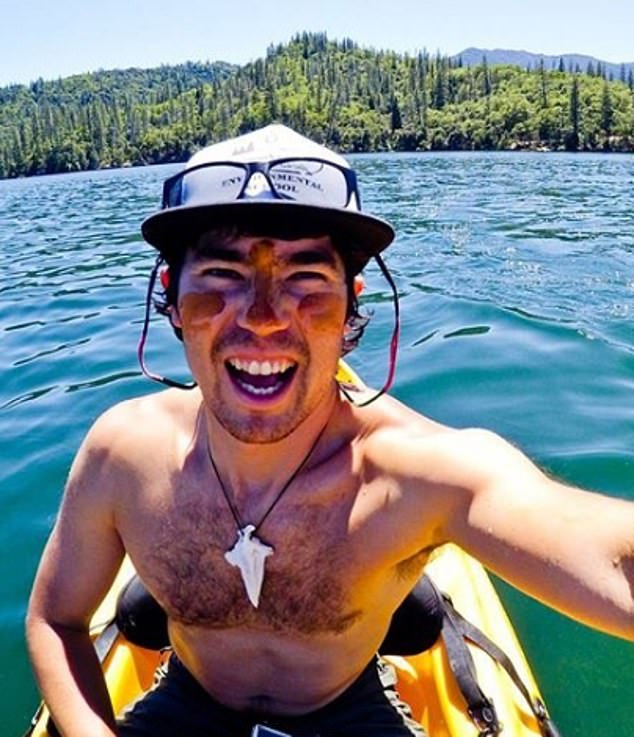
John Allen Chau, 26, was killed in a hail of arrows as he went ashore on North Sentinel Island, off the coast of India, in 2018
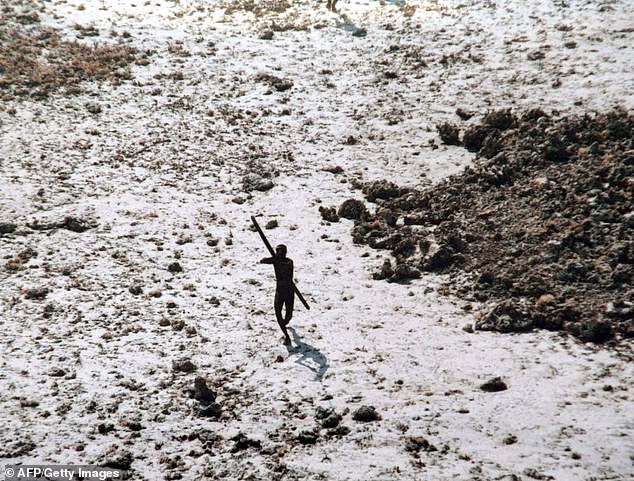
Delhi has declared the island and its surrounding waters an exclusion zone enforced by Navy patrols, to which unauthorised entry is illegal and contact with the tribe is forbidden
Deep in dense jungle, far from the reach of modern life, they too risk being swept into the government’s data drive.
Plans to develop the island with a vast airport and port sparked outrage earlier this year, with dozens of genocide experts branding the project a ‘death sentence’ for the Shompen in an open letter to India’s president.
In 2011, officials managed only a partial count of the Shompen, and the Sentinelese were never tallied at all, with officials relying on glimpses from a safe distance at sea to guess at their numbers.
At the time, they estimated just 15 people – 12 men and three women.
Contact with the tribe has proven fatal. In 2018, American missionary John Allen Chau was killed after a brazen attempt to convert the Sentinelese to Christianity.
On his third secretive approach to the island – after offering gifts and speaking in what he believed was a friendly tone – the tribe turned to violence.
The fisherman who had been aiding the Christian missionary said that they had watched in horror from a distance as the tribesmen dragged his body away with a rope around his neck.
His body was later buried by islanders. It has never been recovered.
Even this year, another American adventure had to be arrested after making an illegal nine-hour voyage to a restricted reserve on North Sentinel Island and leaving behind a can of Coke as an ‘offering’ for the world’s most isolated tribe to try.
Experts branded Mykhailo Viktorovych Polyakov’s attempted visit as ‘deeply disturbing’, and warned that not only did he put himself in danger, but also put the entire Sentinelese tribe at risk of being wiped out were they to contract a common disease, such as measles or influenza.
The 24-year-old was seized by police when he returned to land – but this outcome may have been far kinder than the deadly consequences he could have faced had he had fallen into the hands of the dangerous tribe.












